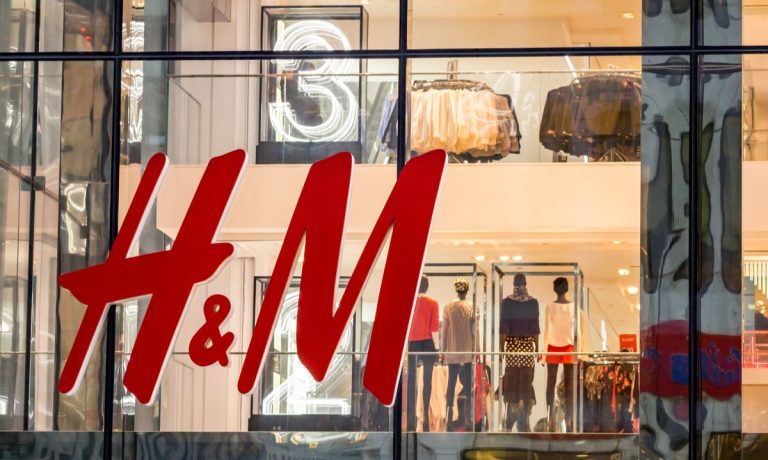
Fashion retailer H&M is reportedly making strategic moves to attract more aspirational shoppers and differentiate itself from fast-fashion giant Shein.
With Shein’s rapid growth and disruptive presence in the market, H&M is seeking to build back profit margins and secure its position in the industry by shifting its focus to upmarket shoppers, Reuters reported Friday (Dec. 15).
However, H&M told Reuters that it has not changed its strategy of offering customers “the best combination of fashion, quality and sustainability, at the best price.”
Shein has emerged as the world’s largest fast-fashion retailer, capturing an estimated 18% market share, according to the report. Its success is attributed to its low-priced offerings, with $8 dresses, $5 T-shirts and $2 jewelry. Shein’s app has gained popularity among European users, surpassing its user base in the United States.
Analysts told Reuters that in response to Shein’s growth, H&M is repositioning itself to target upmarket shoppers. The retailer aims to differentiate itself from Shein’s budget-focused market by elevating its brand and increasing the fashion component of its assortment.
H&M’s recent collaboration with the brand of late fashion designer Paco Rabanne during Paris Fashion Week exemplifies its efforts to attract aspirational shoppers, per the report. By partnering with renowned designers and celebrities, H&M aims to enhance its brand image and appeal to a more discerning customer base.
While Shein poses a threat to H&M, Zara, owned by Inditex, remains less directly affected, according to the report. Zara’s customer base, primarily white-collar workers, differentiates itself from Shein’s target audience. Analysts said Zara will continue to outperform the broader apparel industry, although Shein’s growth may outpace Zara’s in the coming years.
H&M’s sales fell 4% in its fourth quarter, losing ground to Zara, the report said. However, H&M has taken steps to improve its operating margin through price increases and reduced discounting. The measures have helped raise its operating margin to 5.9% for the first nine months of the financial year.
H&M’s premium brand, Cos, has also demonstrated demand for higher-priced products, indicating potential success in attracting aspirational shoppers, per the report.
Investors remain optimistic about H&M’s ability to achieve its target of a 10% operating margin by 2024, according to the report. The retailer’s shares have seen a significant increase this year, although Inditex still holds a higher valuation. H&M is actively working to bring new collections to the market faster, competing directly with Zara and Shein.
In another recent move, H&M said in September that it would begin selling secondhand clothing from its flagship London store, providing customers with both value and a way to engage in “a circular fashion industry.”
For all PYMNTS retail coverage, subscribe to the daily Retail Newsletter.